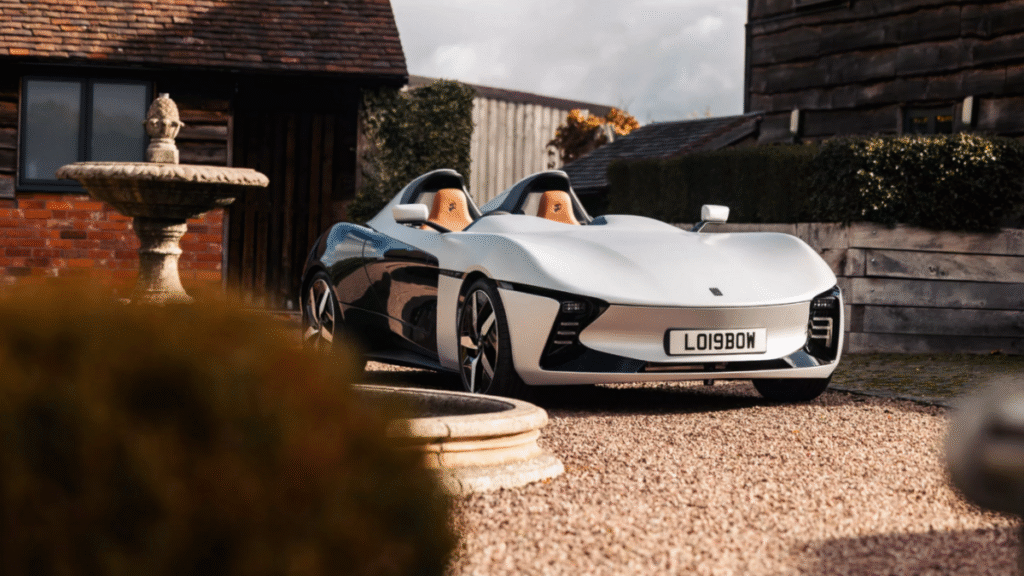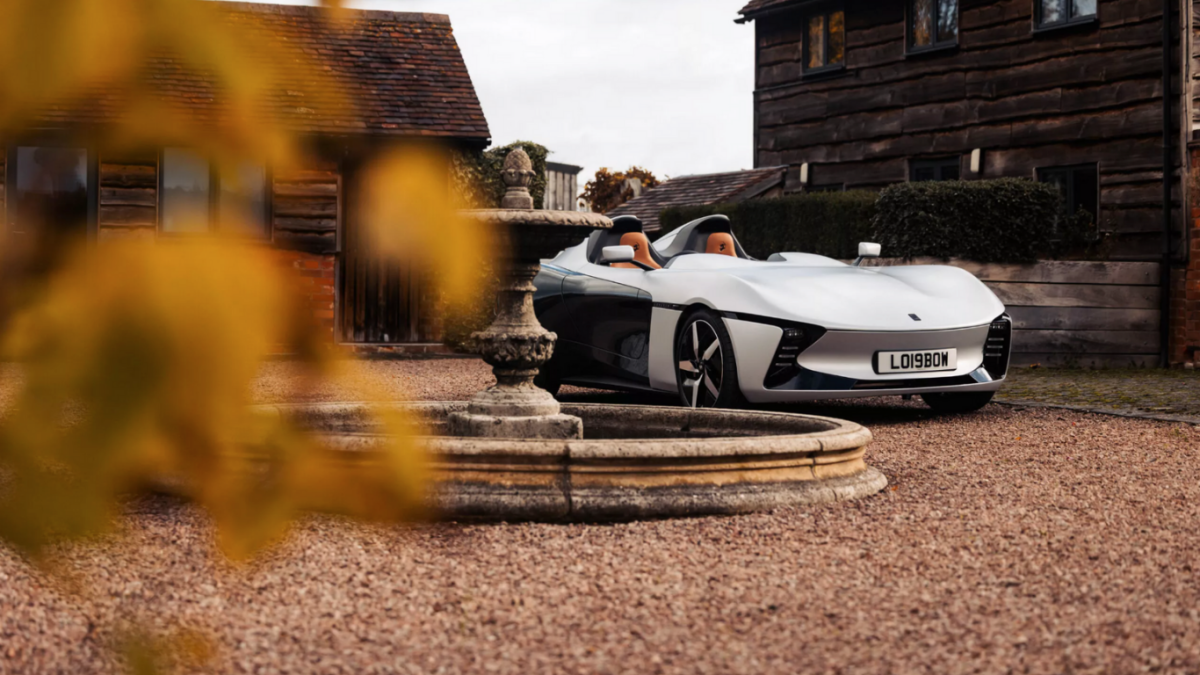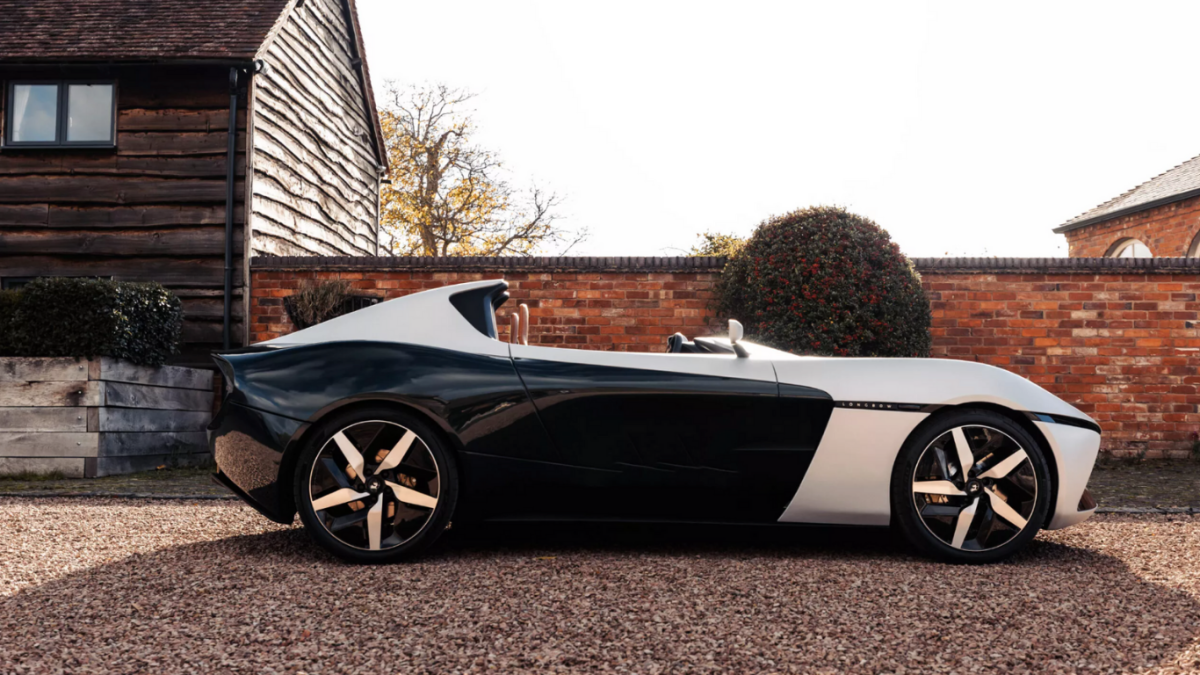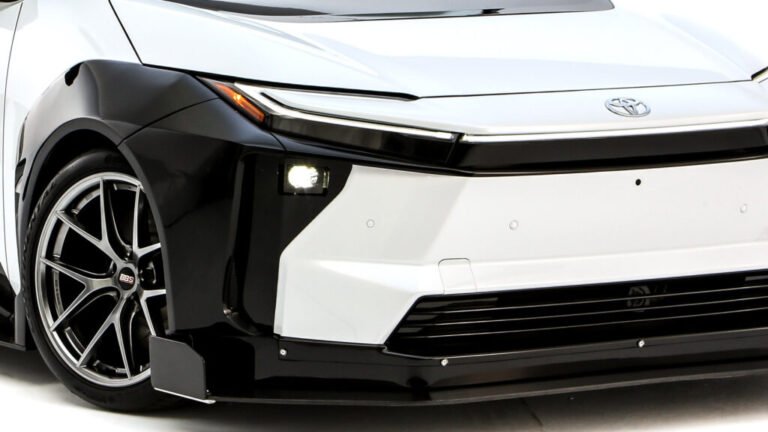
The future of electric sports cars wasn’t supposed to look like this. It was supposed to be sleek, silent, autonomous, and weighed down by enough battery to power a small village. Then the Longbow Speedster showed up like a glitch in the EV simulation and said: Actually, what if we went back to fun to cure everyone’s EV fatigue?
This isn’t a tech showcase disguised as a car. It’s a car that happens to run on electrons. A lightweight, minimalist, unapologetically analog-feeling electric roadster that belongs as much on a twisty B-road as it does in a tech CEO’s fever dream about “pure driving.”
Longbow
Longbow Didn’t Tweet It. The Company Just Built It.
And yes, it arrived just in time to steal the spotlight from a certain visionary billionaire who promised an electric supercar years ago and keeps pushing the “coming soon” button, as if it were a meme. While Elon Musk continues to tease a next-gen Roadster launch like it’s vaporware royalty, Longbow quietly did the unthinkable: actually built one. And then drove it. On real roads. With real tires. In six months.
You can practically hear the internet collective gasp, followed by a long, awkward silence from Silicon Valley.
Longbow
A Six-Month Sprint From Sketchbook to Tarmac
Car companies don’t do this. They iterate. They committee-approve. They PowerPoint. Longbow did none of that. Instead, it moved at a pace that feels almost rude to legacy manufacturers, and, frankly, a bit embarrassing for anyone who’s been promising “sports EV soon” for half a decade.
The Speedster weighs 1,951 lbs. That’s half a Taycan, or roughly the mass of one fully loaded Cybertruck door. There’s no giant touchscreen. No endless menus. No AI assistant that insists you try meditation mode. Just a battery, a motor, and the sort of driving focus that doesn’t require over-the-air updates to feel alive.
Longbow
What’s It like
Think classic British roadster energy filtered through modern EV engineering. There’s no roof. Sometimes no windshield. It doesn’t coddle; it challenges. At speed, the air isn’t “flowing over the cabin.” It’s punching you in the face and asking whether you remembered your goggles.
And because this is still the EV era, it launches hard: 0–62 mph in ~3.5 seconds. Range? A claimed 275 miles, give or take your personal willpower.
Longbow
Who is This For?
Not spreadsheet drag racers or meme stock futurists. This is for drivers who are exhausted by over-processed, software-blurred car experiences. It’s for the person who watched the Roadster unveil in 2017 and has been aging like fine cheese, waiting for it to materialize.
Longbow looked at that situation and basically said, “Hold our torque curve.”
Longbow
The Trade-Offs
Sure, you’re trading away weather protection, dealership safety nets, and mainstream comfort. This is a niche, and proudly so. A limited-production electric speedster is automotive couture, not mass-market fashion.
But while others prototype on livestreams and ship promises, Longbow just put a finished car where the hype usually goes.
Longbow
The Bigger Story
The Speedster is carving out a new one from aluminum and telling the industry to get lighter, simpler, and more connected to the road. It’s a reminder that electric doesn’t have to mean monolithic tech objects rolling around on wheels.
The Roadster may still launch someday. It may be quicker, slicker, equipped with rocket thrusters and a dashboard display of Dogecoin. But right now? The tiny British upstart beat the billionaire to the punch.


